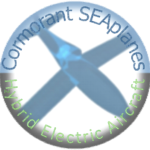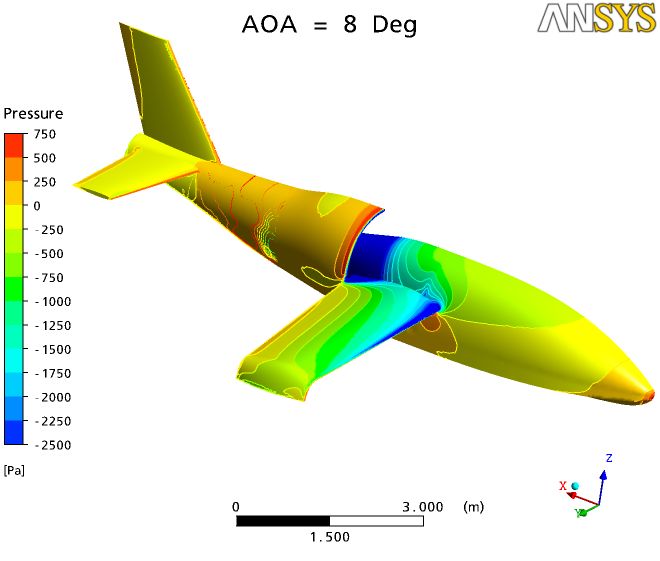
Cormorant
CORMORANT
CORMORANT’S STRATEGY
Produce a practical, multiple-role STOL electric aircraft maximizing its relevance and appeal across market segments
Deliver our mission with sustainability as its core driver
Embed our SEA design values so as to remain flexible and entrench Safety, Efficiency and Adaptability both within the design process and resultant aircraft
Do not ‘reinvent the wheel’, but improve on historic design deficits, incrementally where feasible
Use proven, certified systems and solutions wherever sensible and practicable
Avoid unnecessary complication, leave the design of ‘exotic’, revolutionary, new aerial transport platforms to those with deep pockets and stakeholders to keep convinced of their vision
Minimize reliance on ‘known unknowns’, i.e. except where necessary, do not incorporate concepts that are either under development or require standards to be developed for them – or both
Reduce risk through deferring strategic decisions to allow any ‘known unknowns’ to mature, ideally into ‘known knowns’, without impeding progress
SEA design values

As we move into an era of sustainable general aviation, Cormorant presents an innovative aircraft that addresses general aviation design deficits. This is particularly so in its easily configured amphibious format, where many dated configurations in this sector can be traced back seventy years or more.
Central to Cormorant’s design philosophy are its SEA values, hence our corporate name – Cormorant SEAplanes:
- In-line, low center of gravity yields improved maneuverability and stability.
- Enclosed, ducted fan results in safer operation.
- Fuselage design has in-built lift characteristics, enhancing STOL performance.
- Ducted fan provides enhanced performance including, greater thrust, higher efficiency, and quieter operation.
- Composite material construction emphasizes low mass whilst enhancing structural integrity, reducing operating and maintenance costs.
- Integrated solar panels minimize reliance on charging infrastructure.
- Internally, the cabin space is both roomy and reconfigurable to adapt to a variety of operator requirements.
- Externally, Cormorant provides for unique, easy ‘reconfigurability’. The simple attachment of our boat-hull transforms an efficient, multi-use, land-based aircraft into a high-performance, amphibious seaplane.

INDICATIVE TECHNICAL DATA
| Overall length | 10,45 m |
| Wingspan | 14,29 m |
| Height | 3,70 m |
| Fan diameter | 1,20 m |
| Maximum speed | 220 kias | |
| Maximum operating speed | 216 kias | VMO |
| Cruise speed @ 1000ft | 188 kias | |
| Stall speed | 66 kias | VS |
| Take-off speed at rotation | 77 kias | VR |
| En-route climb speed | 125 kias | |
| Approach speed | 74 kias | VAPP |
| Take-off distance to 50ft | 415 m |
| (Ground roll) | (300 m) |
| Landing distance from 50 ft | 564 m |
| Rate of climb (average) | 2175 fpm |
| Maximum / certified range | 810 / 486 nm |
| Endurance | 3,75 hrs |
| Manufacturer’s weight empty | 1375 kg | MWE |
| Maximum take-off weight | 2250 kg | MTOW |
| Maximum payload | 875 kg | |
| Fuel capacity | 1 m3 liquid H2 |
| Maximum take-off thrust at 2770 rpm | 520 kW (697 shp) |
| Maximum continuous thrust | 258 kW (346 shp) |
| Economy cruising thrust | 180 kW (241 shp) |
| Fan | 2770 rpm |
All indicative technical data are provisional and subject to change.
BE PART OF THE GREENING
We appreciate collaborations and involvements with other like-minded parties.
Whether you’re an innovator, developer, investor, media correspondent, potential purchaser, or interested member of the public; let’s talk. Contact us or come and see us.